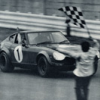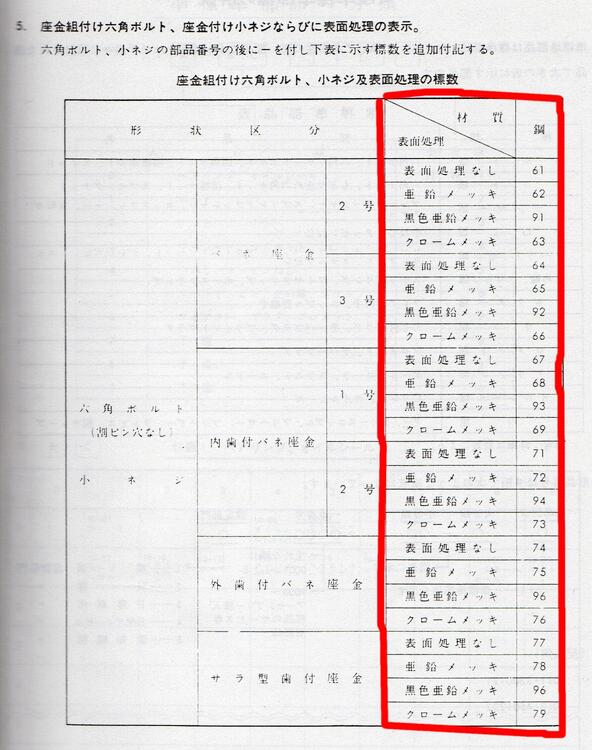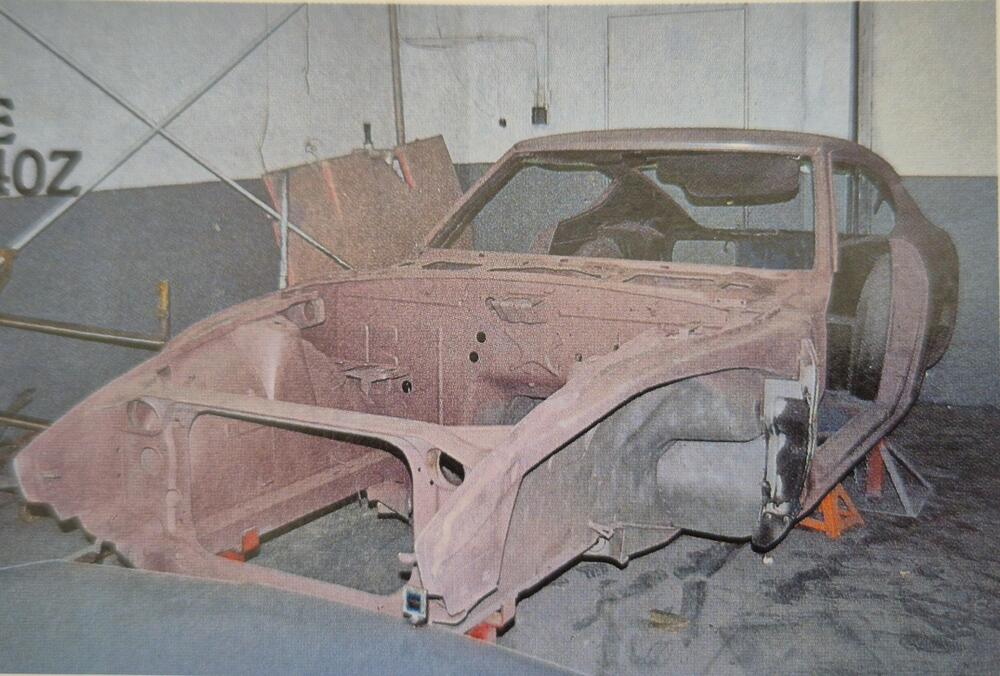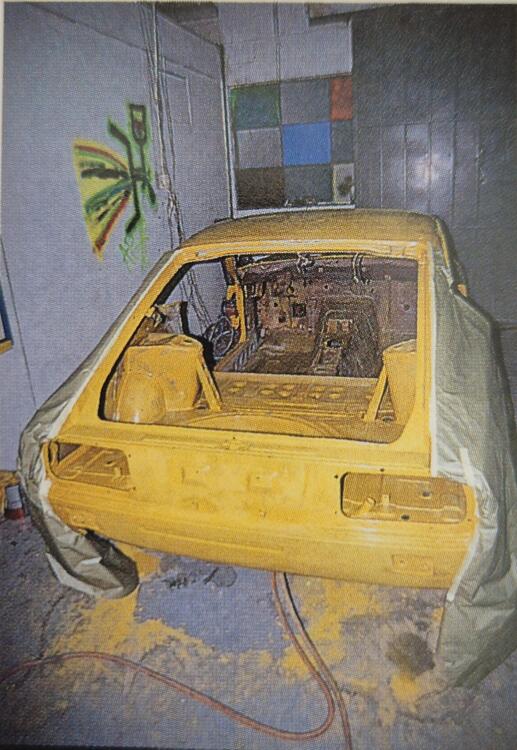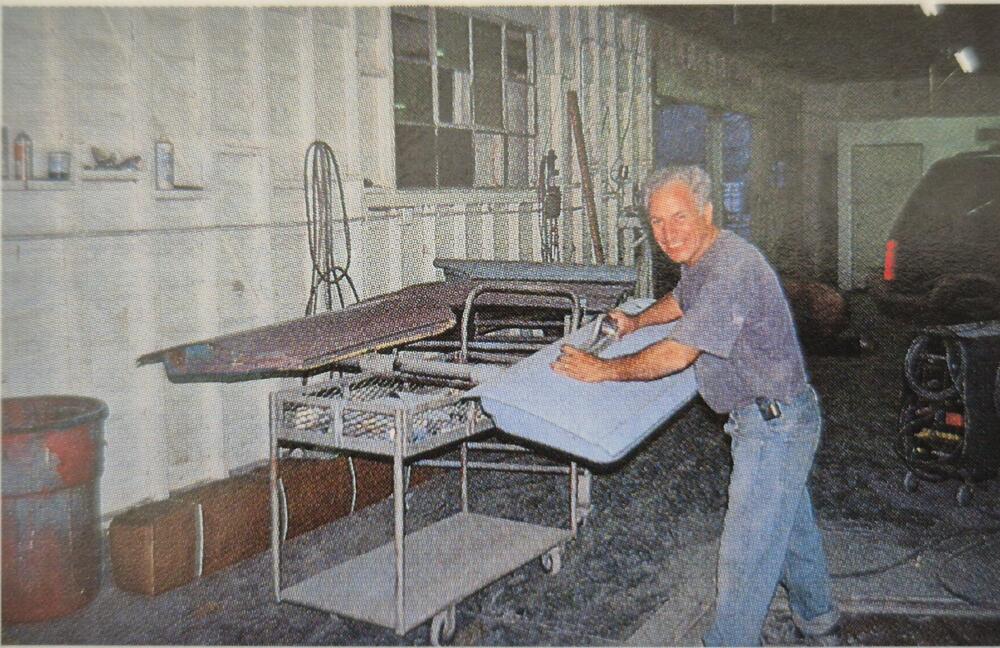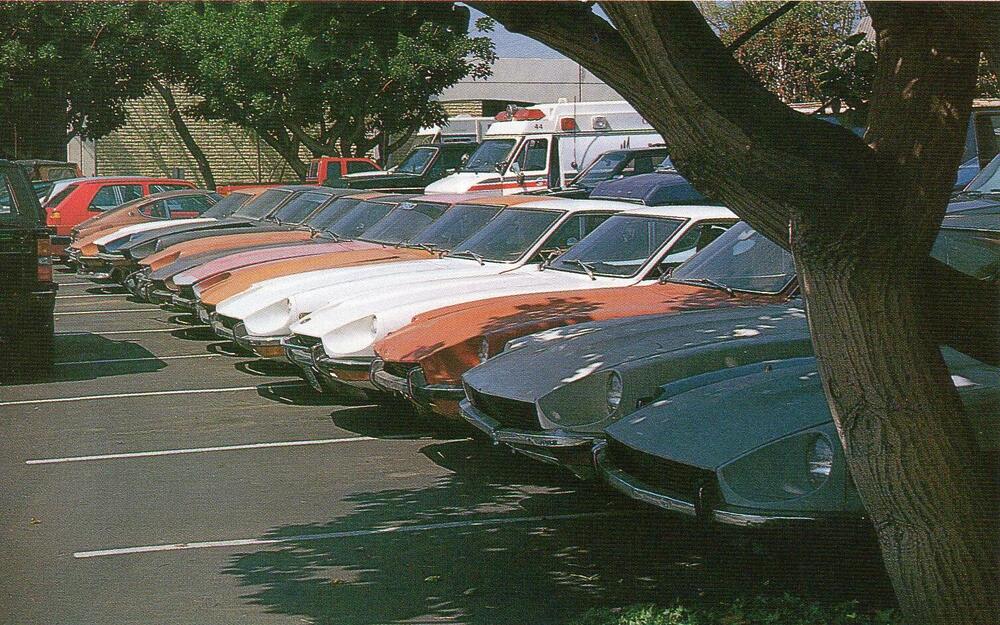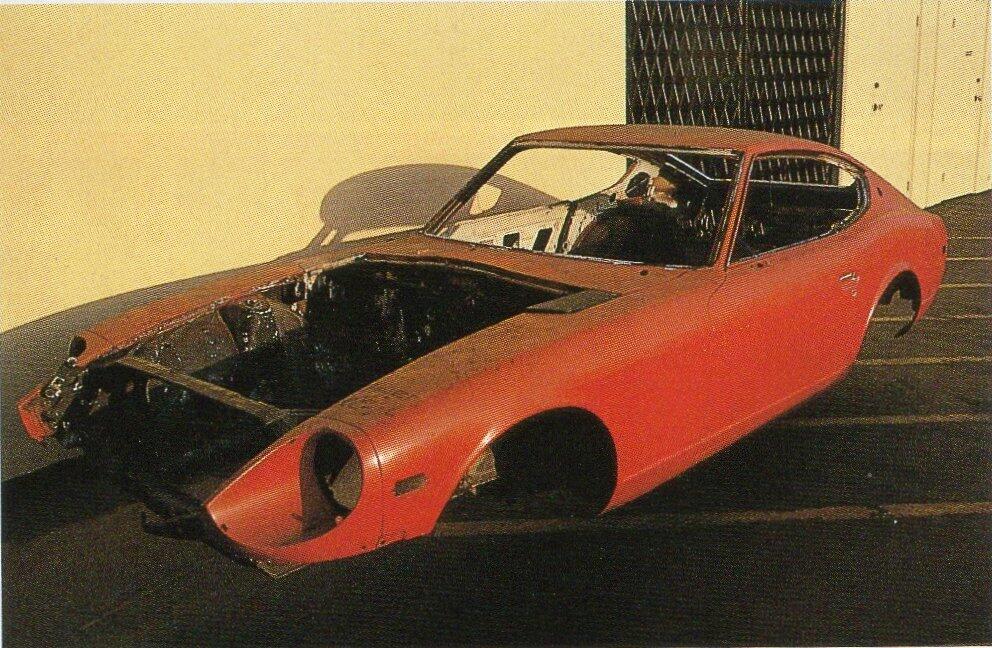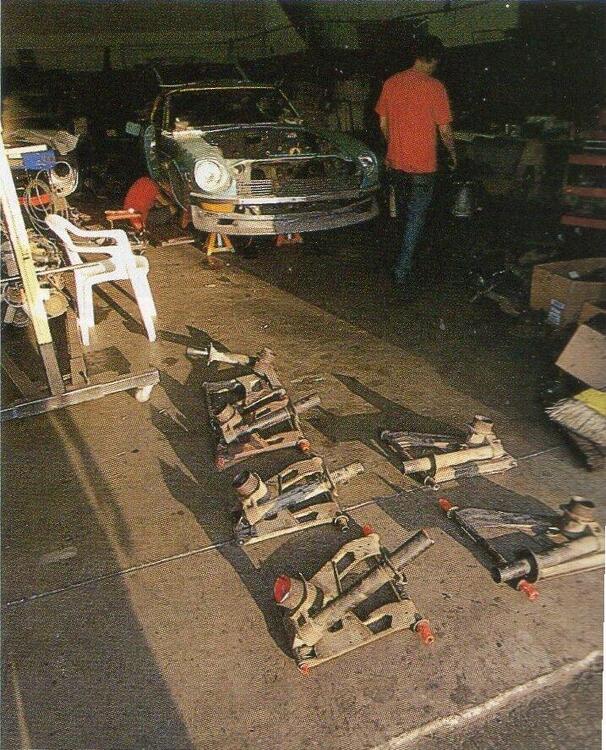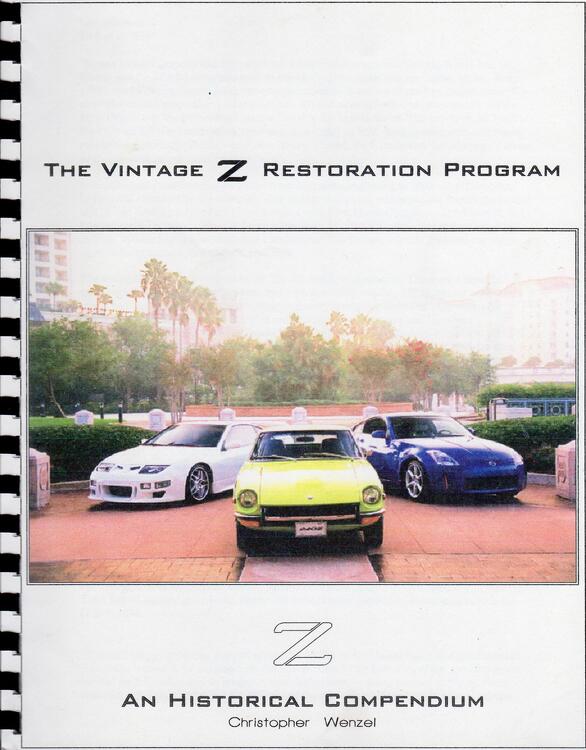-
Z Restoration Progam
@Patcon Having said that, I just looked through the excellently-researched 'Vintage Z Restoration Program Historical Compendium' put together by Chris Wenzel @26th-Z and he too specifically quotes powder coating as having been used. From the Compendium: "Nissan literature talks briefly about updating some aspects of the 240Z. A 3-row radiator was used and the tire specification was updated. In an effort to provide more durability to suspension components they were powder coated "to factory colors" so as to "ensure that you will enjoy your 240Z's performance for years to come"." Obviously it's a quote from NMC USA's VZ Program sales literature, so I don't know if that was the reality or not, but the fact that the independent Japanese journalist who visited Pierre'Z in person reported the same thing might suggest something. Of course he could simply have been quoting the literature, I don't know. I've always found powder coating to be much too thick on such parts, and there's always an issue where the powder coating transitions to a wear/bearing/mounting surface. I've seen it peel away in those places, so I much prefer paint (as per original manufacturing). Inspection of a few VZ Program cars would probably settle the question as to what was actually applied on them.
-
Z Restoration Progam
In Japan the use of Cadmium electroplating in auto manufacturing was officially banned in 1969. Before that it wasn't widely used on higher-tensile fasteners due to the phenomenon of Hydrogen embrittlement. Nissan (Japan's) own documentation for the S30-series Z's componentry - according to and conforming with N.E.S. (Nissan Engineering Standard) - states that most of the non-Chrome electroplated parts were Zinc ( 亜鉛 ) 'Aen' galvanized, with various passivated finishes. Here's just one example page of the quoted N.E.S. finishes for fasteners from the C-236 Nissan parts catalogue for the S30, HS30 and PS30 models: Heading translates as: 'Indication of washer-assembled hex bolts, washer-mounted machine screws and their surface treatments. The part numbers of hexagon bolts and machine screws are followed by a ' - ' and the characteristic in the table below. Washer-assembled hex bolts, small screws and their surface treatments'. I have roughly outlined the relevant example surface treatments in red. They read, from the top: NO SURFACE TREATMENT GALVANIZED BLACK GALVANIZED CHROME PLATED ...and this pattern is repeated for each sub-classification of fastener down the page. The Japanese for 'Zinc plated'/'Galvanized' is 亜鉛メッキ ('Aen Mekki').
-
Z Restoration Progam
You totally missed the point being made. Randy Jaffe was talking about 'factory-correct authenticity', even to the point of hose clamp orientation. He clearly thinks Cad was the original finish. https://youtube.com/clip/UgkxAwPdmHPp1GDcsSL09MAx51Ak2gUs4hRh?si=S2GAydRujBcJszu_ Put your own reading glasses on and pay special attention to the word FACTORY: On the other hand, you deserve special points for ""...that may have been the case in Japan...". LOL. Do you write one-liners for Larry David, by any chance? Edit: Ha ha! You edited your post! Backpedalling.
-
Z Restoration Progam
In the Larry Chen YouTube video with Randy Jaffe, Jaffe was pointing at the engine bay component plating on his yellow VZ Program car and talking about "Cad plating" as though that was the original factory finish. Not the case. Most of it was Zinc, with a few different passivated finishes. No Cadmium.
-
Z Restoration Progam
A pair of cylinder heads and other engine parts - including an early type oil pan, painted Nissan engine blue, on a bench at Pierre's. Caption says that "...from now on, all engines and transmissions will be rebuilt at an NMC USA contracted factory in Texas. The proud staff at Pierre'Z were not happy with this decision. It seems they would prefer that everything was left with the car's 'foster parents' (ie in-house) if possible."
-
Z Restoration Progam
A few more: Caption for the above photo says that the guy working on the door is an Armenian, and that Armenians are historically renowned as being skilled metalworkers ("in their DNA").
-
Z Restoration Progam
The Japanese caption specifically says powder coat, but that could easily have been a miscommunication (or, heaven help us, an assumption...) between reporter and the people at Pierres. I would think it much more likely that they were in fact painted, as per the original factory finish.
-
Z Restoration Progam
Just for fun, I've dug out the JUNE 1997 edition of OLD TIMER Magazine - published in Japan - to scan some photos from the 8 page article in which they covered Vintage Z Program-related activities at Pierre's, Z World and the lobby of NMC USA. The original photos are many, small and scan up with a noticeable Moire pattern, but people still might like to see them. 'Donor' cars sitting in the parking lot behind Pierre's, waiting to start the process. Original caption says that they counted 13 in this row alone and that Pierre's had a total of 25 base cars and 8 cars for parts, so a total of 33 cars 'in stock' at that time. Any lack of ambience is made up for with Ambulance: Caption says this is a stripped bodyshell, waiting to be collected by the bodyshop: Caption says that this lineup of suspension parts have been stress checked and delicate areas taped up prior to collection for blasting and "powder coating": I'll scan and upload some more tomorrow...
-
Z Restoration Progam
I don't know how you've made the jump to "...the parts were inspected by employees of AER."? Isn't that (careful now...!) an assumption on your part? I think you're not allowing for a little chaos. We've already heard anecdotal evidence from people actually involved (rather than Armchair Enthusiasts TM) that not all of the engines/engine components were processed at AER. Whatever the number - however small - it has to be included as part of the story. The incomplete engine and two cylinder heads pictured in the Japanese magazine articles (NOT at AER) suggest that we should tread carefully around what actually happened with AER's early involvement. And yes, I stick by my "Clearly - and fairly obviously - the engines were rebuilt and warrantied", unless you honestly believe otherwise? Are you again suggesting that some of the VZ Program cars didn't get engine rebuilds? If so I'd like to see any supporting evidence you might have.
-
Z Restoration Progam
I'm an advocate for the likelihood of ****-up over conspiracy. And educated guesses based on cross-referenced evidence are for sure better than assumptions. I make an effirt to go with the former wherever possible, but conversing with you is sometimes like herding cats. On the contrary, I have an ever growing capacity to believe and accept - if not expect - that our beloved Nissan of today can make a mess of anything it gets itself involved in, especially so when considering the caliber of some of its current feted international 'personalities' and representatives. But I've not been citing any Nissan-sourced "images for marketing purposes" in our recent exchanges, so you can park that one in the next available space. There go those pesky cats again. I was referring to the parts/components photographed on location by independent photographers working for two different Japanese magazines. Seeing as the articles were specifically about the VZ Program process it seems to me a fairly high probability (shoot me if you think it's an assumption too far...) that the parts would end up on VZ Program cars. Clear enough? Hope so.
-
Z Restoration Progam
It also seems very likely that at least some of the components you describe as 'props' went into the restoration of the VZ Program cars, so they are pertinent. If we are discussing odds & probabilities, my bet is that many of them ended up on the cars in question.
-
Z Restoration Progam
As above, he's in Maine. I'm sure he'll comment when he returns.
-
Z Restoration Progam
-
Z Restoration Progam
No. Quite simply, I'm pointing out that "the engines were built by AER" is not the whole story. As was shown in the Pierre's shop photos - and has been related anecdotally - some engines were also rebuilt on-site (with machining likely done by contractors), so it's the usual case of story being more complex than bald statements - and VZ Program PR blurbs - can convey. This VZ Program engine build digression started because a VZ car owner asked about valve seats. It was you who made the suggestion - bizarrely, in my opinion - that the engines may not have been fully rebuilt, or even not rebuilt at all! I posted contemporary photos from Pierre's workshop which I hoped would help to contradict that and I think it's clear that the VZ cars would indeed have had proper engine rebuilds - one way or another - and yet, having made the suggestion of a lesser scenario (your 'alternator rebuild' simile), you don't own it. Where's your retraction? Now you've got another Straw Man scenario going where I'm somehow suggesting that "...Nissan engineers worked alongside AER employees or..." or, or, or. Where does this come from!? Where does that "Nissan engineers" quote come from? I haven't seen anybody make that suggestion. I and I'm sure many others appreciate your valued input on this forum - especially on technical matters, in which you use your expertise to help a lot of people solve issues they would otherwise be lost with - but you have a habit of complicating discussions on matters historical with alternate, hypothetical, if not totally imaginary scenarios. It doesn't make for good detective work.
-
Z's on BAT and other places collection
No. Quite simply, I'm pointing out that "the engines were built by AER" is not the whole story. As was shown in the Pierre's shop photos - and has been related anecdotally - some engines were also rebuilt on-site (with machining likely done by contractors), so it's the usual case of story being more complex than bald statements - and VZ Program PR blurbs - can convey. This VZ Program engine build digression started because a VZ car owner asked about valve seats. It was you who made the suggestion - bizarrely, in my opinion - that the engines may not have been fully rebuilt, or even not rebuilt at all! I posted contemporary photos from Pierre's workshop which I hoped would help to contradict that and I think it's clear that the VZ cars would indeed have had proper engine rebuilds - one way or another - and yet, having made the suggestion of a lesser scenario (your 'alternator rebuild' simile), you don't own it. Where's your retraction? Now you've got another Straw Man scenario going where I'm somehow suggesting that "...Nissan engineers worked alongside AER employees or..." or, or, or. Where does this come from!? Where does that "Nissan engineers" quote come from? I haven't seen anybody make that suggestion. I and I'm sure many others appreciate your valued input on this forum - especially on technical matters, in which you use your expertise to help a lot of people solve issues they would otherwise be lost with - but you have a habit of complicating discussions on matters historical with alternate, hypothetical, if not totally imaginary scenarios. It doesn't make for good detective work.
Important Information
By using this site, you agree to our Privacy Policy and Guidelines. We have placed cookies on your device to help make this website better. You can adjust your cookie settings, otherwise we'll assume you're okay to continue.




